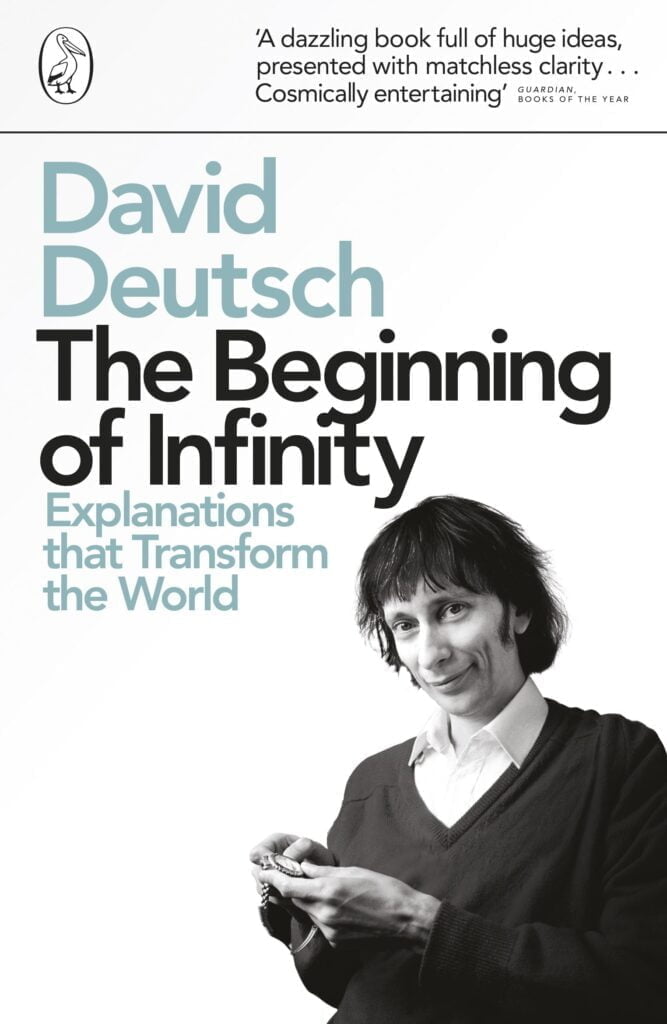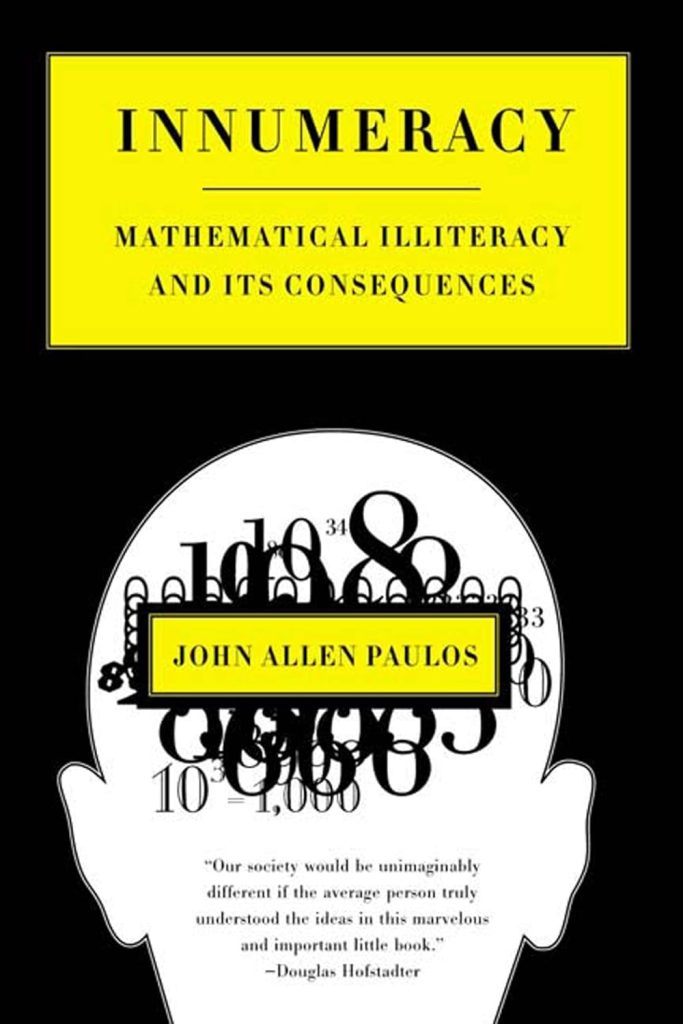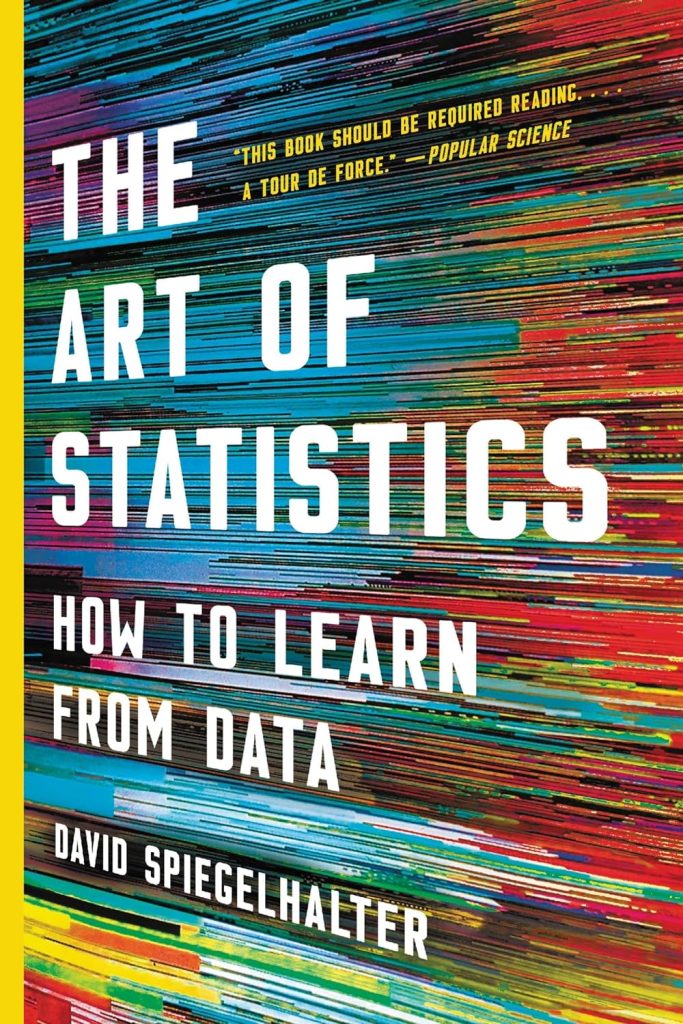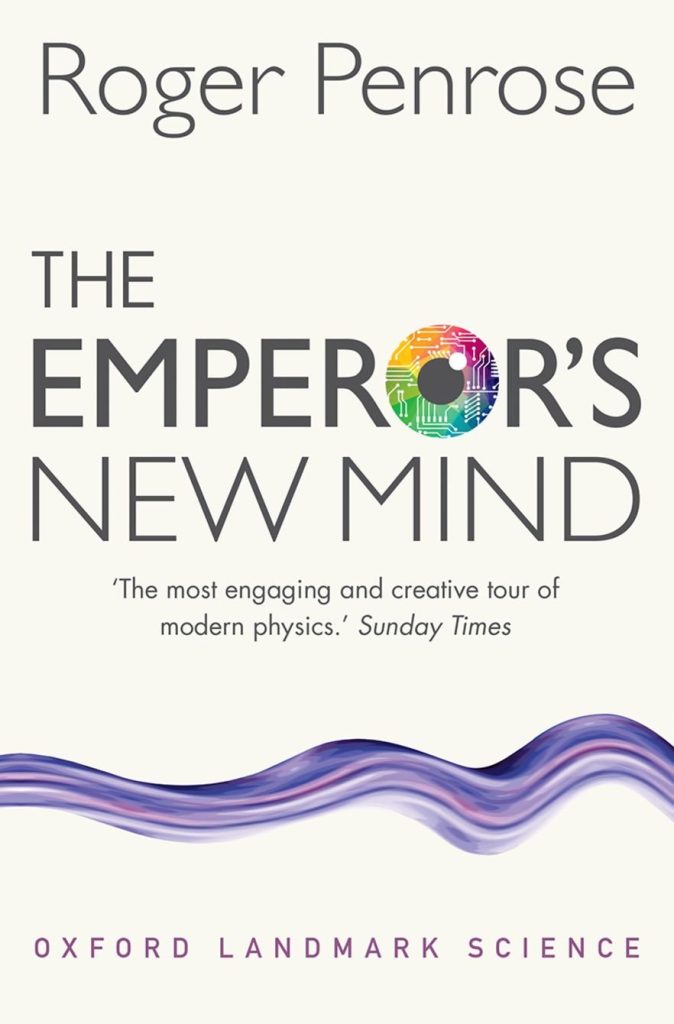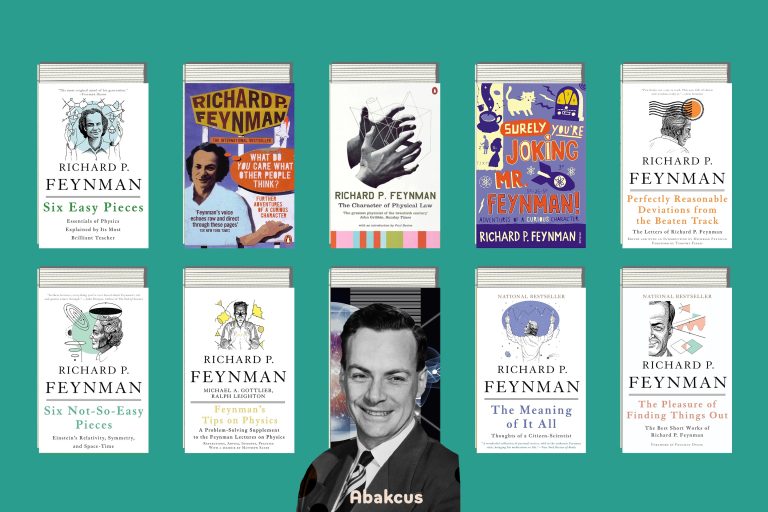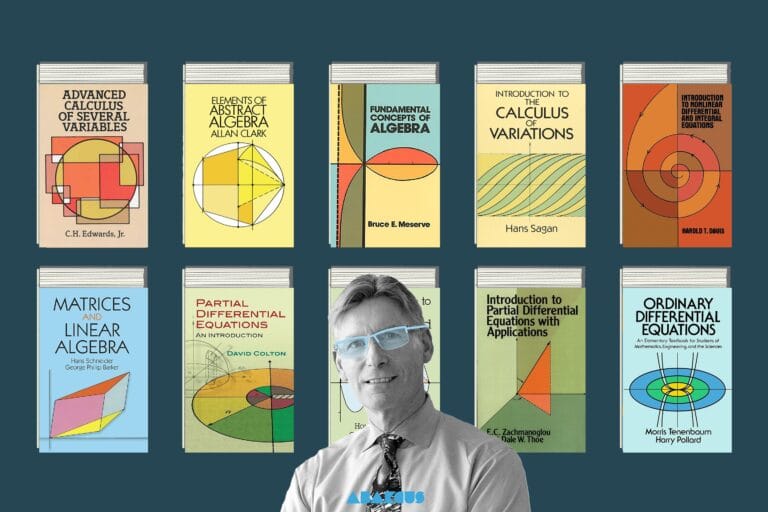Have you ever considered learning how to think mathematically? Using math proofs requires logical reasoning, problem-solving skills, and the ability to make connections between concepts. By reading math books to learn mathematical proofs, you can unlock the power of this type of thinking and gain valuable insight into a variety of topics. Below, you will find 70 best math books to learn mathematical proofs.
The Benefits of Learning Math Proofs
Math proofs are used in various fields, such as engineering, economics, computer science, physics, and mathematics. Learning to think mathematically will benefit your studies in these fields and give you an edge in other aspects of life, such as problem-solving, decision-making, and critical thinking. Mathematical proofs provide a systematic way to analyze problems so that you can come up with solutions quickly and accurately.
Math Books to Learn Mathematical Proofs
Math books are essential if you want to learn mathematical proof. These books provide an easy-to-understand approach to understanding the fundamentals behind math proofs. They often include step-by-step instructions on how to solve problems as well as visual demonstrations of how these concepts work together. Reading these books is key to developing your skills in mathematical proof because they provide an accessible entry point into more advanced topics like abstract algebra or number theory.
While math books are great for getting started with learning mathematical proof, they have their limitations when it comes to tackling more complex problems. As you progress further down the road with studying math proofs, you must supplement your knowledge with online resources such as YouTube tutorials or online courses that give you a more comprehensive overview of various areas within mathematics.
Additionally, engaging in practice questions can help solidify your understanding and hone your skills when it comes to using logic and reasoning for problem-solving.
Mathematical proof is an invaluable skill that can be applied across multiple fields. It provides a framework for analyzing problems while helping develop your problem-solving abilities and critical thinking skills, which are transferable across many different domains in life. To get started with learning math proof, reading math books is essential as they provide an easy-to-understand introduction to this field while giving step-by-step instructions on how to solve various types of problems. However, as one progresses further into this area, more advanced resources should be utilized, such as online tutorials or courses along with practice questions which will help hone one’s understanding and application within this area even further!
Below, you can find 70 best math books to learn mathematical proofs. If you enjoy this book list, you should also check 30 Best Math Books to Learn Advanced Mathematics for Self-Learners.
Before I get started, I would like to suggest Audible for those of us who are not the best at reading. Whether you are commuting to work, driving, or simply doing dishes at home, you can listen to these books at any time through Audible.
Mathematical Ideas in Biology
Mathematical Ideas in Biology by J. Maynard Smith presents a comprehensive and accessible exploration of the intersection between mathematics and biology. This book serves as an insightful guide for biologists at all levels, from undergraduates to professionals, who seek to incorporate mathematical concepts into their work.
Professor Maynard Smith skillfully introduces readers to the ways in which biological problems can be framed mathematically, a crucial skill for those aiming to understand complex biological systems. Unlike many existing resources that focus on statistics, this book emphasizes non-statistical mathematical applications, making it a unique and valuable addition to the field.
The chapters are systematically structured, each containing numerous examples that illuminate both biological and mathematical concepts. These examples not only reinforce the reader’s understanding but also inspire further exploration into the topics discussed.
One of the standout features of Mathematical Ideas in Biology is its accessibility. Maynard Smith has designed the book with the assumption that readers have only an elementary knowledge of mathematics. This approach ensures that even those new to applications of mathematics in biology can grasp the concepts without feeling overwhelmed.
The book’s practical focus is evident in the way it demonstrates how mathematical equations that arise in biological contexts can be solved. This practical application of theory to real-world problems provides readers with the tools necessary to address and solve biological challenges using mathematical reasoning.
Mathematical Ideas in Biology is a must-read for biologists interested in expanding their methodological toolkit. Professor J. Maynard Smith delivers a lucid and engaging introduction to the mathematical ideas that enhance biological research. By demystifying complex concepts and presenting them in an accessible manner, the book empowers biologists to harness mathematical tools effectively in their work.
Whether you are just beginning your exploration of mathematical applications in biology or are looking to deepen your understanding, Mathematical Ideas in Biology offers a valuable and enriching reading experience.
“The Phantom Scientist” is a thrilling ride you won’t want to miss. This book is a captivating blend of systems science, mathematics, and mystery that had me hooked from the very first page. The story revolves around a brilliant scientist who mysteriously disappears after announcing that he has cracked a groundbreaking mathematical problem. As his colleagues embark on a frantic search for him, the isolated research institute where they work spirals into chaos, creating a tense and gripping atmosphere.
I found the writing engaging, but I must admit I had to start over several times to fully grasp the intriguing concepts presented. Initially, I wasn’t impressed by the art style—Cousin’s thick and stylized drawings felt unusual. However, as I continued reading, I discovered how well these illustrations complemented the complex narrative, enhancing the overall experience. The visuals added a layer of depth to the story that I eventually came to appreciate.
While the ending left me feeling uncertain, I began to wonder if that ambiguity was intentional. The story itself is excellent, albeit a bit bizarre and layered, demanding your full attention. It invites you to think critically and question assumptions, making it a rewarding read for those willing to dive deep. In all, “The Phantom Scientist” is a unique thriller that stands out for its compelling storyline and distinctive art. I highly recommend it to anyone looking to challenge their mind while enjoying a beautifully crafted tale.
Have you ever set out to find one thing and ended up discovering something completely different? This delightful twist of fate happens not only in our lives but also in the world of science. In “Serendipity: The Unexpected in Science,” Telmo Pievani explores this thrilling phenomenon by sharing fascinating stories of accidental discoveries that have shaped modern society.
He compellingly recounts instances like Archimedes, who uncovered the principle of buoyancy in his bathtub, or the serendipitous invention of inkjet printers, born from an engineer’s moment of curiosity. The journey even meanders through the discovery of coffee, which started with a shepherd observing his sheep’s unusual excitement after a particular fruit was eaten.
What stands out in this book is not merely the whimsy of coincidence but the deeper message that persistence in pursuit can lead one to unexpected, yet significant, findings. Pievani artfully illustrates that behind every well-known genius lies a story of curiosity mixed with a dash of luck. This serves as a gentle reminder to young and old alike that great discoveries often require a blend of exploration, intelligence, and a bit of fate.
Serendipity: The Unexpected in Science is an ideal read for anyone keen on popularizing science, offering captivating tales that can inspire curiosity in young minds. My hope is that this book can spark curiosity in students, leading them—aided by inspired teachers—on their own journeys towards remarkable discoveries that might just change the world. Whether you are a science enthusiast or just someone looking for an enjoyable read, Pievani’s work captures the enchantment of the unexpected beautifully.
In their eye-opening book, The Secret Life of Data: Navigating Hype and Uncertainty in the Age of Algorithmic Surveillance, authors Aram Sinnreich and Jesse Gilbert unpack the complex web of data surveillance and its implications in our digital age.
Having previously prided myself on blocking social media ads and maintaining my privacy, I was taken aback when a nostalgic Facebook ad led me to download a game I once loved, a clear indication of social media’s subtle power. This personal experience heightened my interest in the book, as it delves into how seemingly innocuous bits of information are transformed into powerful data that can be wielded against us.
Sinnreich and Gilbert argue compellingly that data’s “secret life” impacts every facet of our existence—from personal relationships to political landscapes—challenging us to reconsider the information we share. While some themes, like the effects of social media and the revelations of Edward Snowden, felt familiar, others provided fascinating insights that have left me contemplating the pervasive nature of data in our lives.
I now feel more informed and motivated to critically assess my digital footprint. The realization that our shared data has far-reaching consequences is a wake-up call, urging us to be more discerning about how and what we share in our increasingly interconnected world. I encourage others to engage with this important dialogue, nurturing a collective awareness about our hidden data lives.
The Creative Brain by Anna Abraham is a thought-provoking exploration into the complexities of human intelligence and creativity, making it a fascinating read for anyone questioning the very nature of their own abilities. The author’s style is approachable, inviting readers to ponder alongside her as she tackles intricate questions of brain function and creativity. As I delved into the early chapters, I was immediately captivated by the mention of my favourite philosopher, Bertrand Russell. His words resonate deeply with the human condition—highlighting how we often cling to beliefs that align with our instincts, a theme woven throughout the book.
One of the most compelling sections is titled “The Left Brain Versus the Right Brain,” where Abraham begins to unravel the mysteries behind the differences between individuals like my brother and me. This part echoed my lifelong wonderings about our varying strengths and weaknesses, particularly in mathematical versus social intelligence. Perhaps the most enlightening aspect for me was the discussion on the role of the Dopamine hormone in sparking creativity.
In a world saturated with diverse opinions, understanding how our brains generate ideas becomes crucial. Abraham’s insights lead readers to a greater appreciation of their own cognitive processes, urging us to think about not just what we feel and believe but also why we feel and believe it. This connection prompts a profound inquiry: If we learn to harness our brain’s potential better, might we unlock doors to capabilities we have yet to explore? In essence, The Creative Brain serves as both a guide and a reminder that knowledge about our own minds can lead to more effective and creative thinking in our everyday lives.
In the world of architecture, few names are as revered as Louis Kahn—his ethos and philosophy have shaped modern architectural thought in profound ways. It is this luminary figure that Michael Merrill seeks to explore in his meticulously curated volume, Louis Kahn: The Importance of a Drawing. Through Merrill’s discerning eye, readers are offered an unprecedented exploration into Kahn’s process and philosophies as articulated through the medium most vital to his work: drawing.
Kahn’s assertion that drawings serve as the “architect’s language” forms the foundation of Merrill’s investigation. This notion is neither trivialized nor understated in the book; instead, Merrill elevates the idea, reinforcing just how integral these sketches, blueprints, and doodles were to Kahn’s practice. Far more than mere precursors to physical structures, these drawings are presented as the embodiments of Kahn’s architectural deliberations—his silent yet profoundly articulate speakers.
The strength of Merrill’s work lies not only in its visual opulence, with over 900 high-quality reproductions gracing its pages, but also in the depth of its scholarly research. Based on unprecedented archival research, Merrill’s narrative transcends a mere collection of images. Each chapter, each section, is a close reading that peels back layers of Kahn’s thoughts, allowing us to witness the architect’s mind at work.
What is particularly striking about this book is the lens through which Kahn’s legacy is viewed. By focusing on the drawings, Merrill invites readers to appreciate the unfiltered moments of creativity that precede the physical manifestation of ideas. These drawings, with all their nuances, become a testament to Kahn’s complex creative imagination, offering insights into the architect’s internal dialogue, his moments of uncertainty, and his bursts of visionary clarity.
For students and lovers of architecture, Louis Kahn: The Importance of a Drawing serves as both a visual feast and a scholarly treasure trove. Its pages challenge the reader to consider the drawing not as a mere step in the architectural process but as a pivotal space of invention and reflection. Merrill does not simply catalog Kahn’s drawings; he enlivens them, imbuing them with the weight and significance they held for Kahn himself.
Yet, the accessibility of Merrill’s prose ensures that the book’s appeal is not confined to the academically inclined. Anyone with an appreciation for art, design, or the complexities of creative thought will find value in this in-depth study. It demystifies the architectural genius of Louis Kahn while simultaneously elevating the humble drawing to its rightful place as a primary source of understanding and inspiration.
In conclusion, Louis Kahn: The Importance of a Drawing is more than a book; it’s an immersive experience into the mind of one of architecture’s greatest figures. Edited with both precision and passion by Michael Merrill, it stands as a monumental tribute to Kahn’s belief in the drawing as the architect’s most honest form of expression. This book is not just an essential addition to the libraries of architects and students—it belongs on the shelves of anyone who believes in the power of drawing to reveal the depths of human creativity.
In “The Beginning of Infinity,” physicist David Deutsch delivers a profound narrative that stretches the very fabric of our comprehension, intertwining the essence of human progress with the infinite potential of explanations. Deutsch, with his eloquent prose, has not merely penned a book; he has orchestrated an intellectual symphony that resonates with the rhythm of discovery.
At the heart of the book lies a strikingly optimistic view – that through the evolution of good explanations, humanity is capable of achieving unbounded progress. Deutsch ambitiously tackles themes ranging from the philosophy of science, quantum physics, to the underpinnings of art and culture, making an audacious claim—knowledge is infinite.
His exploration dives into the importance of improving our understanding of the world, not only in the scientific arena but across the tapestry of human endeavor. By refining our explanations and discarding those that fall short, we can steer towards a future limited only by our imagination.
Deutsch’s argument pivots on the belief that the pursuit of knowledge through scientific inquiry is paramount. To him, every problem that is not forbidden by laws of nature is achievable, given the right knowledge.
Deutsch’s philosophical lens does not stop at the surface; it penetrates to the core of myriad topics to illustrate his thesis. Whether discussing the principles of creativity in art, the ethics of moral choices, or the governance systems of societies, he maintains an unwavering confidence in progress through understanding.
His writing flits effortlessly between accessible analogies and heady scientific concepts, ensuring that his ideas resonate with both casual readers and the scientifically inclined. Herein lies the book’s brilliance—it is as much a treasure for the layman pondering the trajectory of human progress as for the scientist contemplating the deeper meaning behind quantum physics.
The book, however, is not without its demands on the reader. The sheer breadth of subjects covered requires an attentive mind, and some of the deeper scientific discussions might seem daunting at first glance. Nevertheless, like a seasoned teacher, Deutsch guides us through with clarity and insight.
“The Beginning of Infinity” is not simply a book but a manifesto calling for the recognition of the power of explanations and the relentless pursuit of knowledge. Where some might see insurmountable barriers, Deutsch sees horizons teeming with possibility.
This challenging yet rewarding read serves as a beacon of hope for those who believe in the unending quest for knowledge. It is a reminder that our capacity for understanding is not just a tool for survival but a gateway to the vastness of infinity – a beginning that never ends.
For those intrigued by the limitless potential of human thought and discovery, “The Beginning of Infinity” is more than a recommendation—it is an invitation to partake in a visionary conversation about the improbable odyssey of progress, knowledge, and the boundless capacity of the human spirit.
In an era where numbers dictate decisions from the boardroom to the living room, John Allen Paulos’s book, “Innumeracy: Mathematical Illiteracy and Its Consequences,” remains a significant and eye-opening work.
Paulos confronts a bothersome paradox of society: The widespread issue of innumeracy, an unfamiliar term for a familiar affliction of being unskilled with numbers. Despite advanced education systems, there lies a concerning level of mathematical ignorance, one that Paulos contends has severe repercussions for individuals and for societies at large.
“Innumeracy” shines a light on the problematic outcomes of mathematical ignorance. Key themes emerge from Paulos’s exploration of the topic, including the impact of poor numeral literacy on public policy decisions, which he argues are often made based on misunderstood statistics and probabilities. This misunderstanding reaches into personal lives as well, skewing perceptions of risk, health, and finance.
Additionally, the book taps into the vein of susceptibility humans have towards pseudoscience and superstition—propensities that flourish in soil tilled by numerical illiteracy. It’s not merely about the inability to handle complex algebraic equations but about failing to grasp the essence of numbers affecting daily life.
Paulos peppers his explanations with engaging anecdotes and comparisons that lay bare the absurdity of certain widely held beliefs and practices. Through examples ranging from election results and sports statistics to less innocuous instances like stock frauds and psychic predictions, he illustrates just how innumeracy can distort reason and lead to illogical conclusions.
What’s striking about “Innumeracy” is its profound relevance over three decades after its first publication. It serves as an enduring reminder that understanding numbers is not merely an academic requirement but a critical part of informed decision-making and rationality. Paulos brings out the connection between innumeracy and discrimination, showing how it can perpetuate biases in the guise of flawed data interpretation.
The book doesn’t just critique; it presents the idea that numeracy is an attainable goal, urging educational systems and cultural attitudes to change. There’s a call to celebrate numerical literacy as a component of being worldly and cultured, equating it to literacy in reading and writing.
“Innumeracy” is a profound, entertaining, and sometimes sobering look at the consequences of mathematical illiteracy. It’s a compelling call to arms for society to recognize the beauty and utility of numbers. John Allen Paulos doesn’t just educate; he advocates for a way of thinking that could transform our society’s approach to information, policy, and personal life.
Those who open “Innumeracy” will find themselves entertained and educated, but above all, challenged to look at numbers and their impact in a refreshing and crucial light. It is, without doubt, a must-read for anyone looking to understand the invisible but powerful role that mathematics plays in our world.
In an era where data drives decisions, “The Art of Statistics: How to Learn from Data” by David Spiegelhalter arrives as a critical tool for demystifying the complex world of statistics. The book succeeds in presenting a subject that could easily be dense and inaccessible, with clear, comprehendible, and even enjoyable prose.
Spiegelhalter’s key themes center around the indispensability of statistical literacy in knowing which questions to ask, how to analyze received answers, and the importance of interpreting data correctly—skills all the more crucial in our data-saturated age. His ability to anchor statistical concepts to real-world events is a highlight, ranging from the analysis of medical data to grisly insights into crime statistics.
One of the book’s strengths is Spiegelhalter’s use of timely and relatable examples that ground abstract statistical ideas in palpable reality. These range from the everyday, like understanding the likelihood of winning a lottery, to life-changing implications, such as interpreting the odds given during medical diagnoses.
Spiegelhalter avoids the pitfall of didacticism, maintaining an engaging voice throughout. He does not lecture but instead guides readers through the arduous process of making sense of data. His passion for statistics is evident, and it is infectious, effectively inviting readers into a world they might have previously shunned due to its intimidating nature.
Critical to Spiegelhalter’s approach is the emphasis on the human factor in statistics. He puts great weight on clarifying questions and assumptions before jumping into analysis, empowering readers to maintain a healthy skepticism about seemingly straightforward data interpretations.
Both novices and those familiar with statistical analysis will discover value in Spiegelhalter’s work. His book serves as an introduction and a reminder of the profundity of statistics. Markedly, the Financial Times praises the book as “a call to arms for greater societal data literacy,” underscoring the book’s timeliness and Spiegelhalter’s role as a champion for the field.
“The Art of Statistics” is not just a book but a manifesto meant to equip the reader with the necessary analytical tools to thrive in today’s data-centric environment. Expertly written and effortlessly readable, it stands as both an ode to the field of statistics and a practical guidebook for the modern reader. In Spiegelhalter’s hands, statistics move from the realm of academia into the practical domain of everyday life, revealing its true art form.
This book receives a hearty recommendation for anyone looking to enhance their understanding of data, improve their decision-making skills, or simply appreciate the oft-overlooked beauty of statistics.
In “The Emperor’s New Mind: Concerning Computers, Minds, and the Laws of Physics,” part of the Oxford Landmark Science series, acclaimed physicist Sir Roger Penrose ambitiously tackles the question that has long piqued the curiosity of scientists and philosophers alike: Can machines think? This is not just a book; it’s a profound inquiry into the very nature of human thought, the complexities of the cosmos, and the nexus of mathematics and science.
At its core, Penrose’s exploration revolves around the central argument that human consciousness and understanding cannot be replicated by algorithms and silicon chips. Through a labyrinthine excursion into topics like quantum physics, Godel’s incompleteness theorem, Turing’s machine, and relativity, Penrose masterfully contrasts the abilities of computational systems with the intuitiveness of the human mind.
What is most striking about Penrose’s approach to discussing artificial intelligence is his refusal to simplify the discourse. Instead, he provides readers with a thorough grounding in the necessary scientific and mathematical principles required to follow his argument. This is no small feat when considering the complexity of the subjects at hand.
There are profound philosophical implications here as well. Penrose touches on metaphysical questions concerning the nature of reality, our perception of existence, and the possibility of understanding the universe we inhabit. At the heart of these musings is the suggestion that our ability to understand and engage with these profound questions is something uniquely human.
Penrose’s writing is articulate and rigorous, presenting challenging concepts with clarity and without condescension. For readers unfamiliar with higher-level physics or mathematics, parts of “The Emperor’s New Mind” may necessitate slow reading and rereading. Nonetheless, it is this depth that makes the book so rewarding for those willing to engage with its content.
One concern might be that the pace and density of the concepts discussed can be overwhelming. Penrose is meticulous in his explanations but assumes a level of reader comfort with scientific complexity that not everyone will possess. However, for those with a background or strong interest in physics and computer science, the book is invigorating and enlightening.
What emerges from the book is not only a skepticism of the current trajectory of AI research but also a celebration of the human mind’s marvels. Penrose does not simply critique AI; he offers an ode to the special, perhaps irreplicable, faculties of human cognition.
“The Emperor’s New Mind” is a stimulating and laborious read, requiring attention and consideration from its audience. But for anyone intrigued by the limits of machines, the powers of the human mind, and the interplay between them – this book is a significant work.
In this engaging, broad-spectrum analysis, Penrose has crystallized big ideas of computer science and cognitive philosophy, offering an important and thought-provoking treatise that continues to shape how we think about the capabilities of computers in relation to the human mind.
Sir Roger Penrose’s “The Emperor’s New Mind” is not only a must-read classic of modern science writing, it’s an intellectual odyssey that challenges the boundaries of human understanding. It elegantly argues that the tapestry of human thought is woven with threads too intricate and nuanced to be mirrored by anything as binary as a computer.








